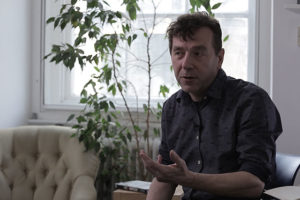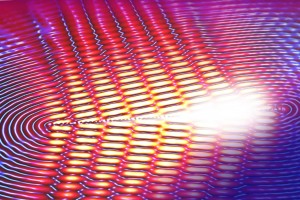Standard Model
Physicist Jonathan Butterworth on history of the Standard Model, its core principles and the role of the Higgs...
How can we observe nonlinear behavior of waves? What is the nature of “shock electrodeposition”? Professor of the Department of Chemical Engineering at MIT Martin Z. Bazant explains how to use the dynamics of metal deposition for energy storage and other practical aims.
So, how would we improve on and modify that sort of processes using this shockwave phenomenon? Well, the way to do it is to create a deionization shock in a porous material, for example, we’ve done this with porous silica glass frits, but you can use lots of other materials. You drive a current through that layer, and now, as we have alternating membranes, we can have the same type of membrane, just at every layer to simply generate depletion.
Just because you understand the dynamics on the nano- or molecular level, it doesn’t mean you understand what’s happening at the intermediate scales. In this case these shockwaves is an intermediate scale phenomenon. The question is – what is the simple, relatively simple set of equations, that you can solve on a computer without having to resolve every ion and every pore in a porous material? When I say we don’t know the equations – that’s what I’m talking about. We have a set of equations which I’ve developed for that kind of problem. But it’s imperfect. It doesn’t properly take into account flows that can arise in a material, and different kinds of dispersion and diffusion phenomena.
When you take a dissolved metal, for example copper, or lithium ions in a solution, and you deposit it electrochemically onto a surface – that’s electrodeposition – to make the solid metal. For example, think of lithium metal, or copper. That process is notoriously unstable. Under conditions of high current, when you start to deplete the salt, you find that this flat surface instead of growing smoothly and uniformly, it breaks up into little “fingers” that are called dendrites. This is a major problem in many processes.

Physicist Jonathan Butterworth on history of the Standard Model, its core principles and the role of the Higgs...

Physicist Max Tegmark on predictions that cannot be observed, explanation of the fine-tuning of the Universe, ...

Harvard professor Frederico Capasso on flat lenses, Cherenkov effect, and inverse method